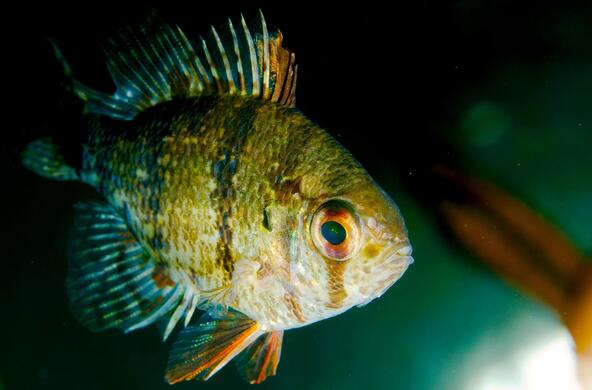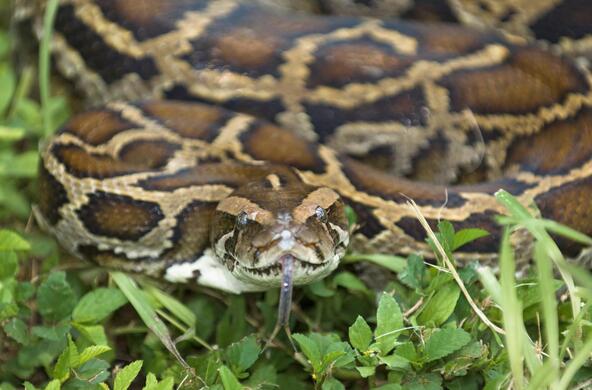A new invader is about to carve out a home in the Hudson River. Chinese mitten crabs, native to Eastern Asia, have been spotted in the Hudson and along our East Coast several times since last June. This burrowing crab is of concern because it breeds prolifically and migrates far inland. It could destabilize river banks and damage native blue crab fisheries.
One of the most important federal policies to control invasive species is the Lacey Act, which prohibits importation and interstate commerce in wildlife species that are deemed to be "injurious". Although this sounds like a good policy, it is in fact of little value.
Consider the most recent addition to the Lacey Act's list of injurious species, the black carp. While black carp have been used to control disease-carrying snails in fish farms, they have voracious appetites for all shellfish. When they escape into the wild, they can damage native shellfish populations, many of which are already endangered. Experts have concluded that the risks of importing this fish far exceed its benefits, so it's now illegal to import this dangerous fish into the U.S. or take it across state lines. So far, so good.
Now for the bad news. It took almost eight years to get the black carp listed under the Lacey Act. The listing process didn't even begin until 27 years after the fish was brought to the U.S., and 6 years after it was accidentally released into the wild. This lag in response probably allowed the fish to establish itself in our rivers. Biology is faster than bureaucracy.
The Lacey Act deals only with interstate commerce. This means that it is still legal to breed and stock black carp in fish farms, as long as you don't take them across a state line. Unfortunately, when animals escape into the wild they don't stop at the state line. Leaving jurisdiction for harmful species to individual states doesn't make sense when the ecological and economic costs of invaders are borne by all of us.
In the 107-year history of the Lacey Act, the black carp is only the 18th species to be listed as an injurious. This is a small fraction of the hundreds of harmful invaders that have established themselves in the U.S. and continue to arrive each year. The damages these species cause reach more than $100 billion dollars a year.
The Lacey Act's injurious species list is small because it is limited to wildlife (not plants or fungi, for example), and listing is an arduous process that requires proving that a species is harmful. Countries that are serious about preventing damage from invaders use the reverse approach: species aren't allowed into the country until the importer shows that they are harmless.
The ineffectiveness of the Lacey Act is highlighted by the fact that the Chinese mitten crab itself was listed as an injurious species nearly two decades ago. This did not prevent mitten crabs from being sold in New York City live markets (perhaps the source of the East Coast population) or establishing itself in the Hudson. Having missed our chance to keep mitten crabs from moving into our waters, there is probably little we can do to control their spread along the East Coast.
Clearly, we need effective federal policies to deal with invasive species, not a slow, deeply flawed process that addresses just a few of the invasive species that cause ecological havoc and cost us money. The fate of our natural areas depends on it. Tools like the Lacey Act just aren't getting the job done.






